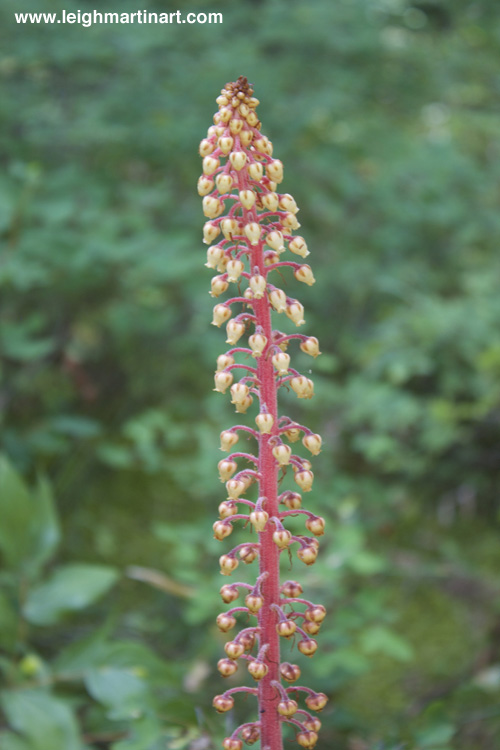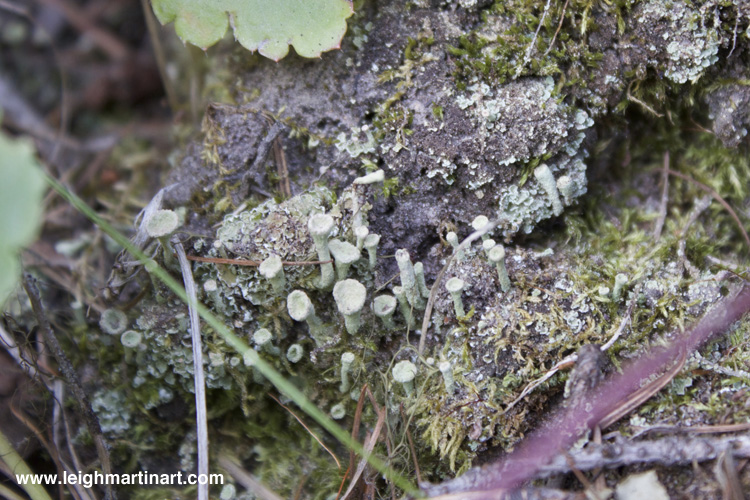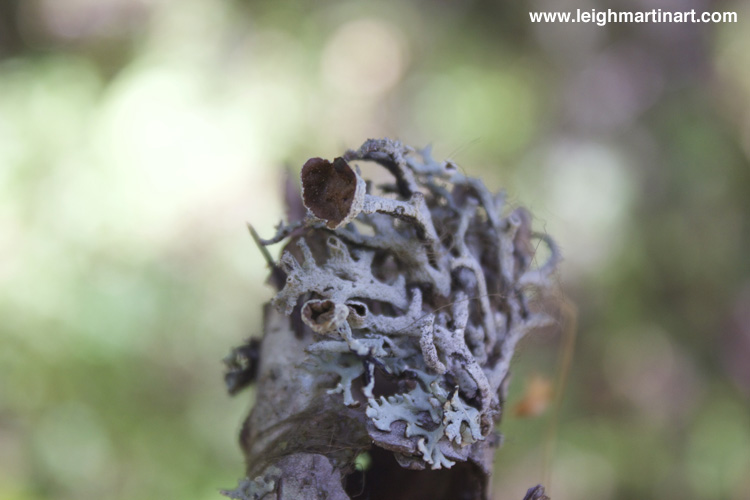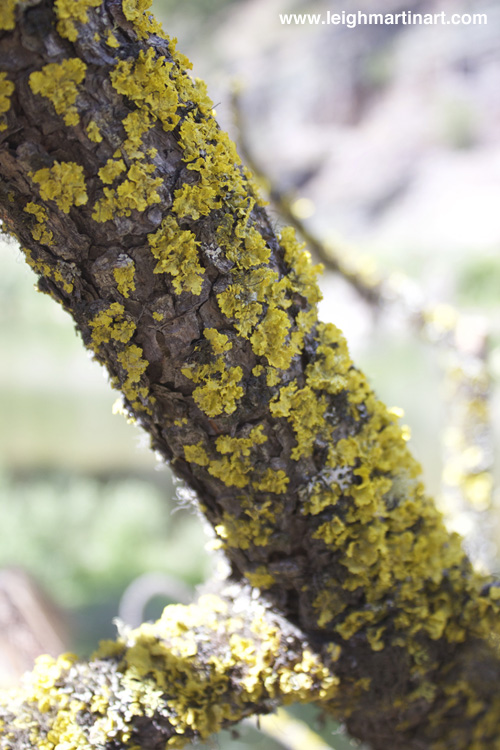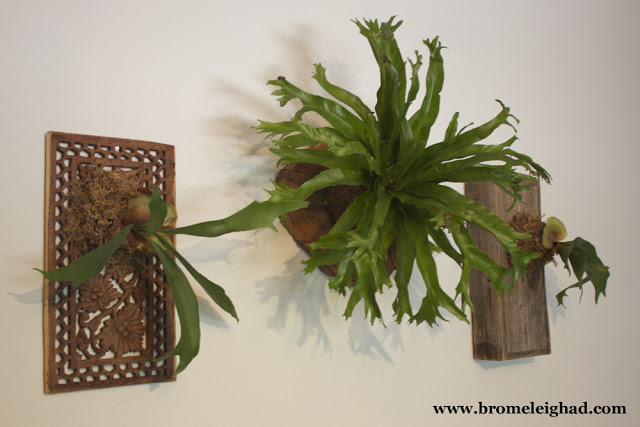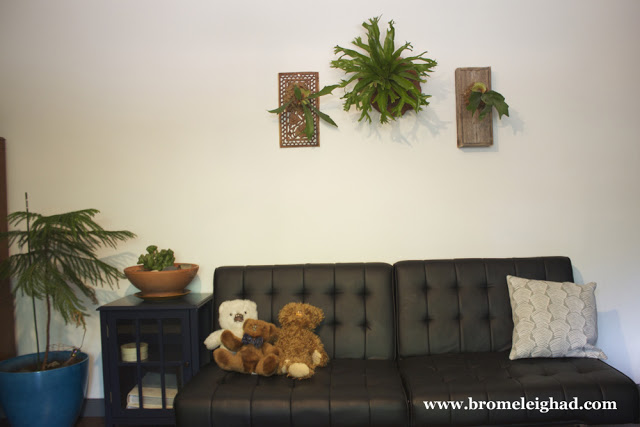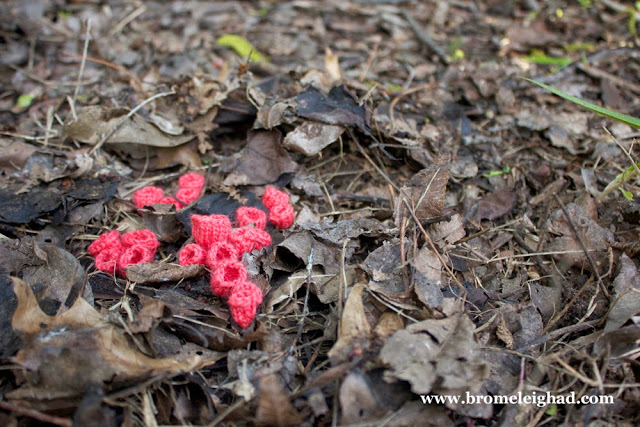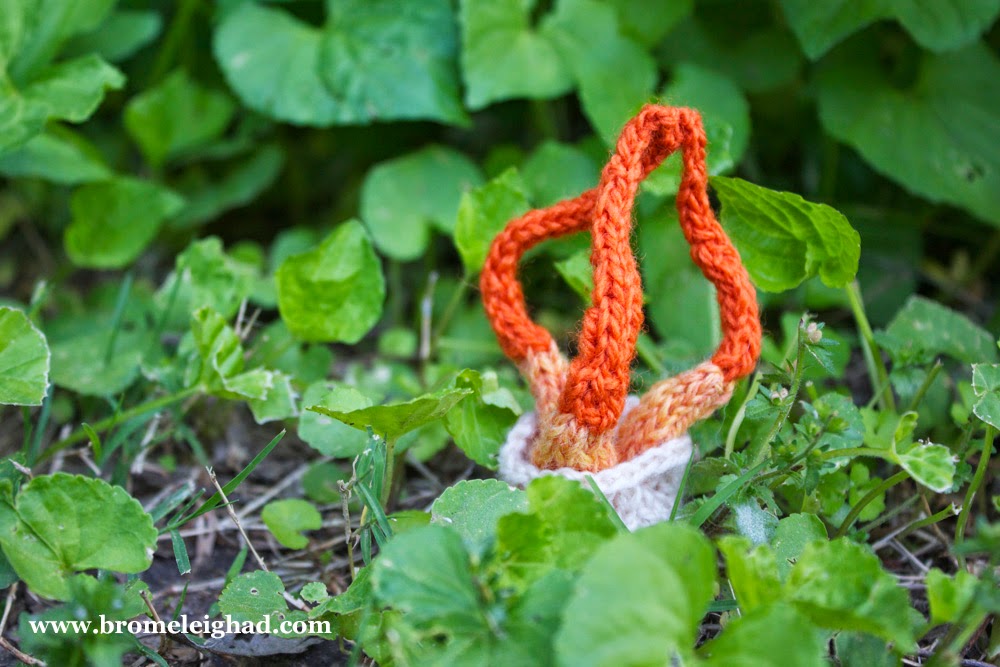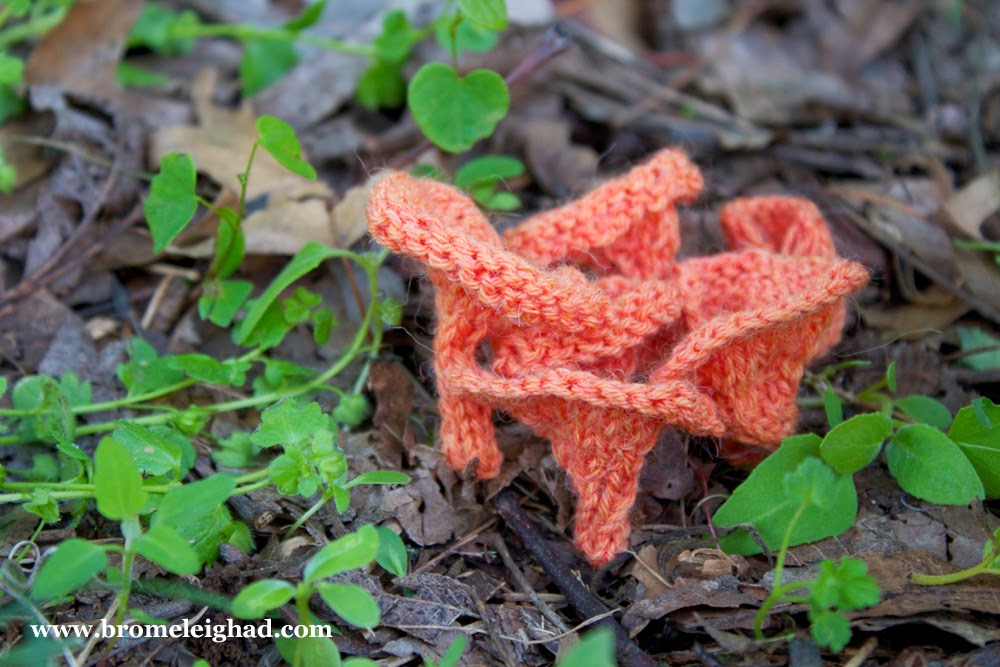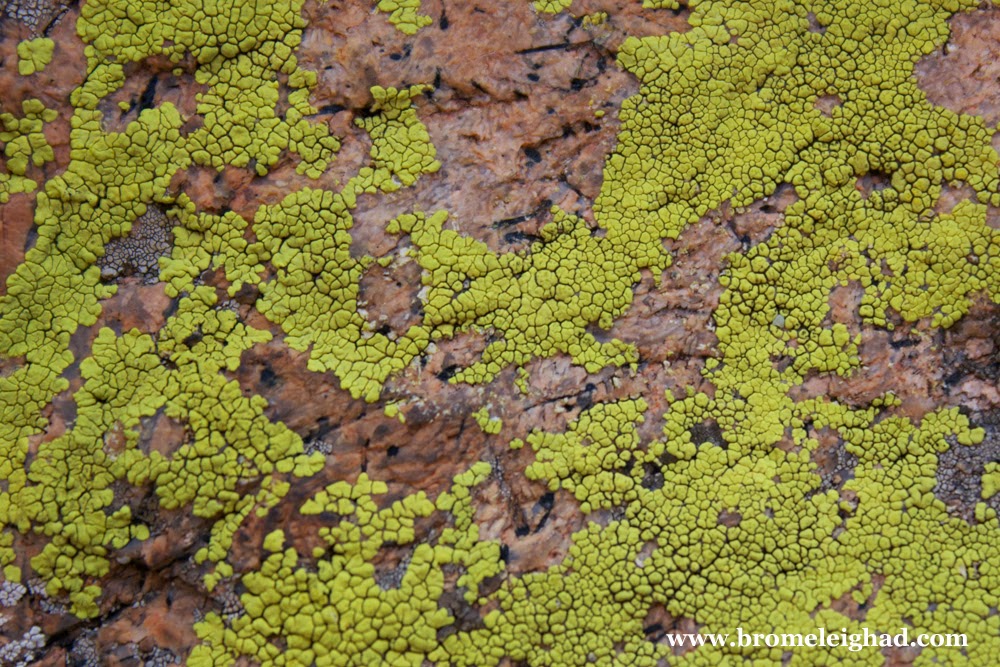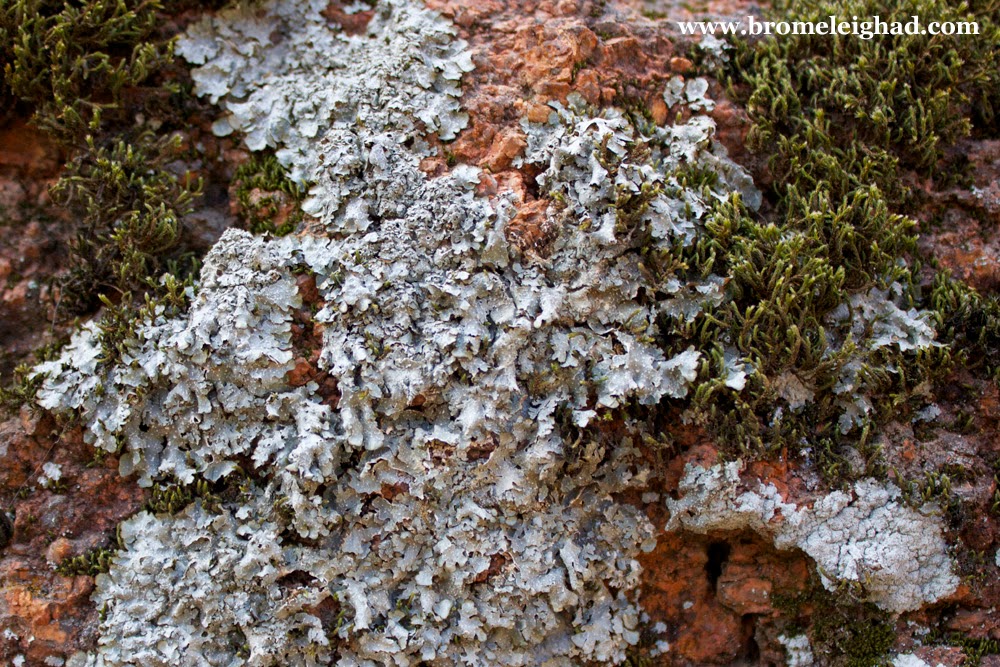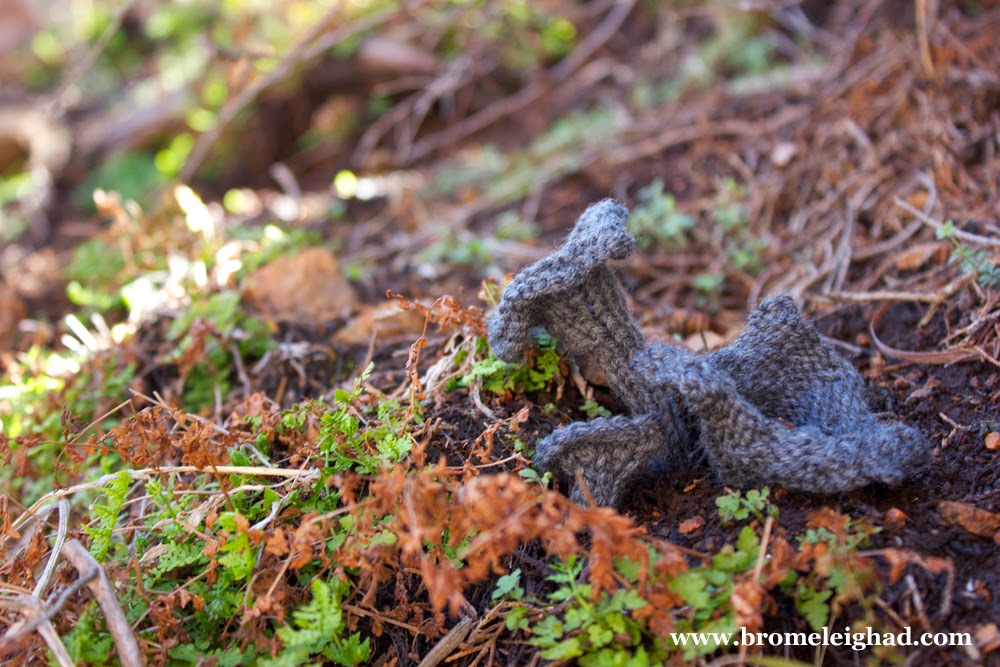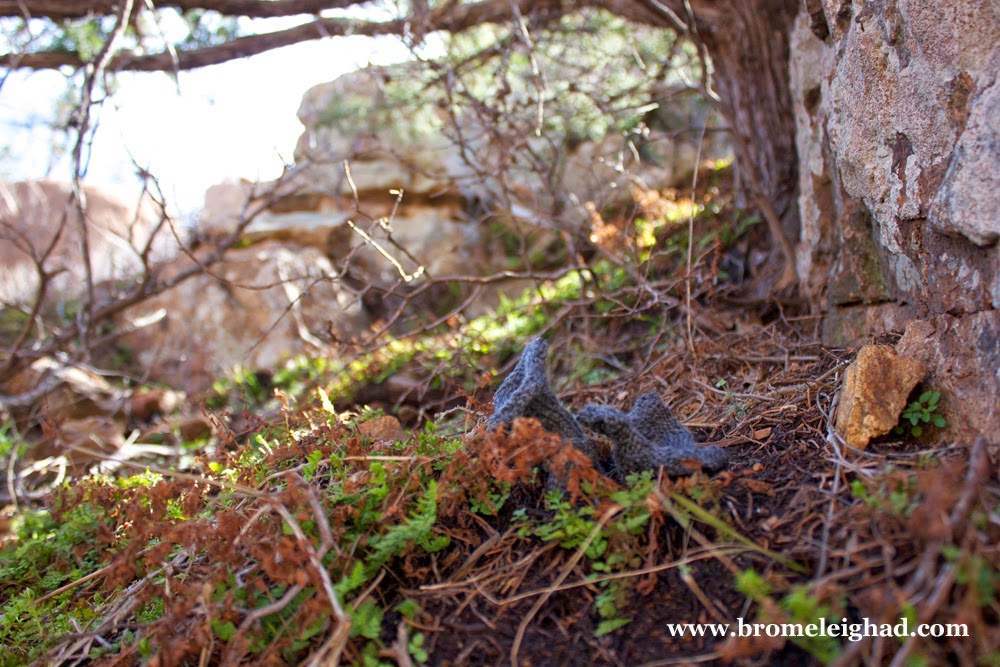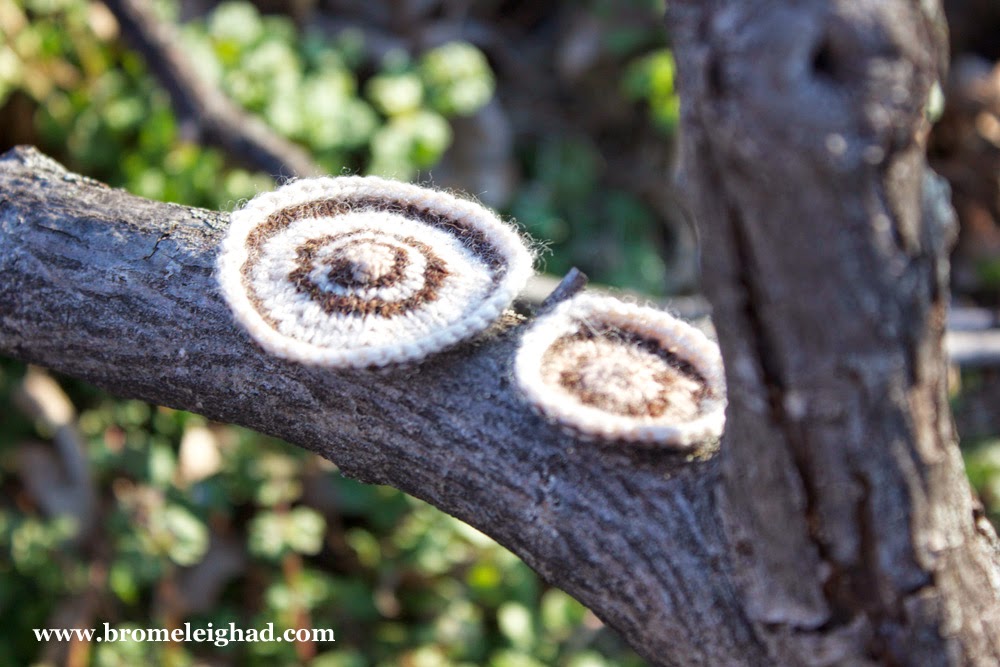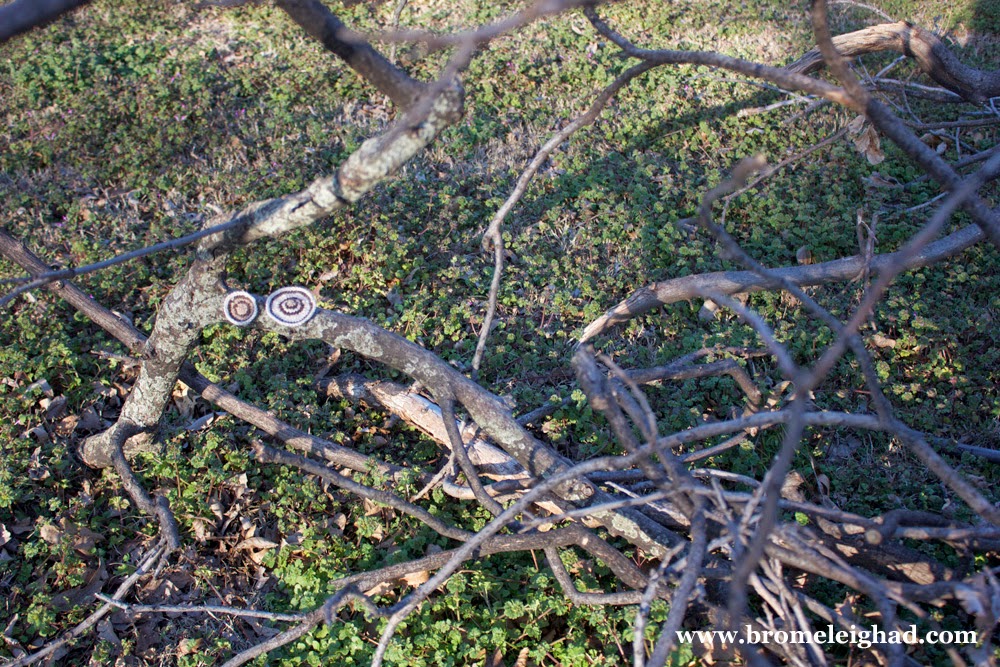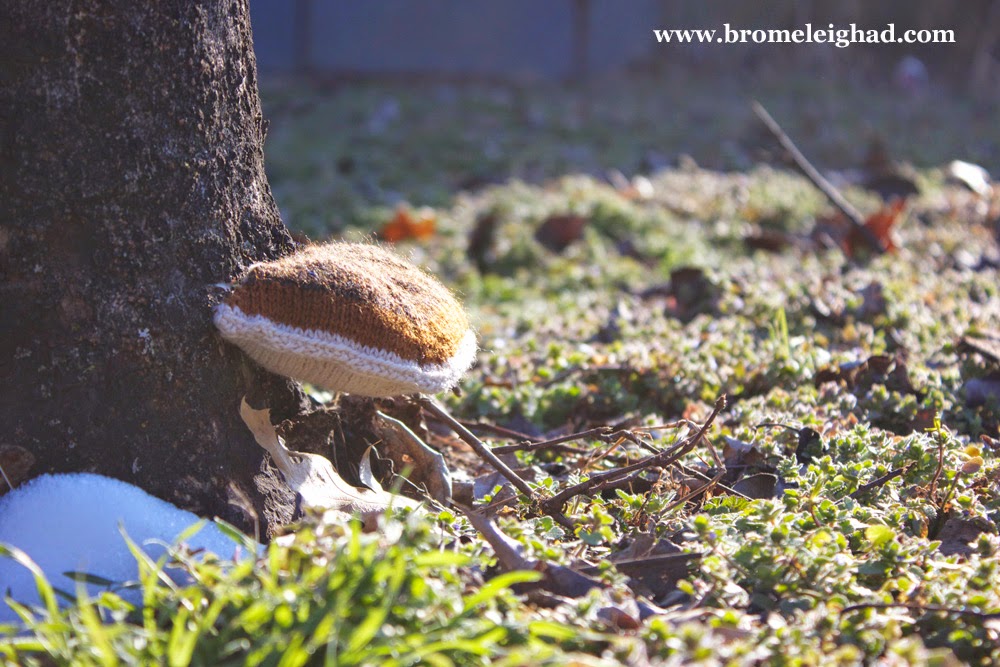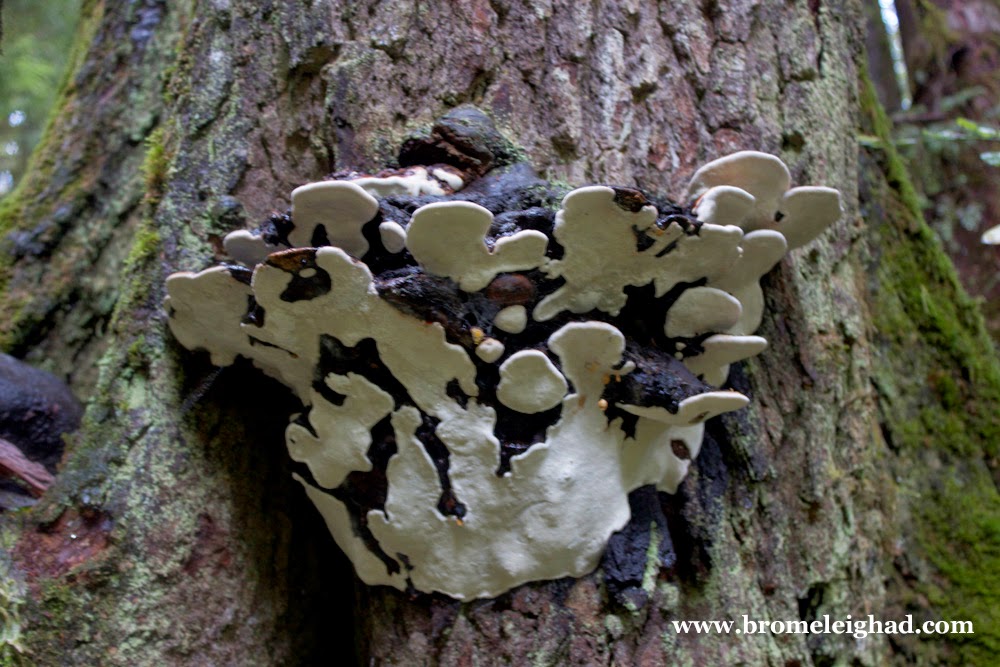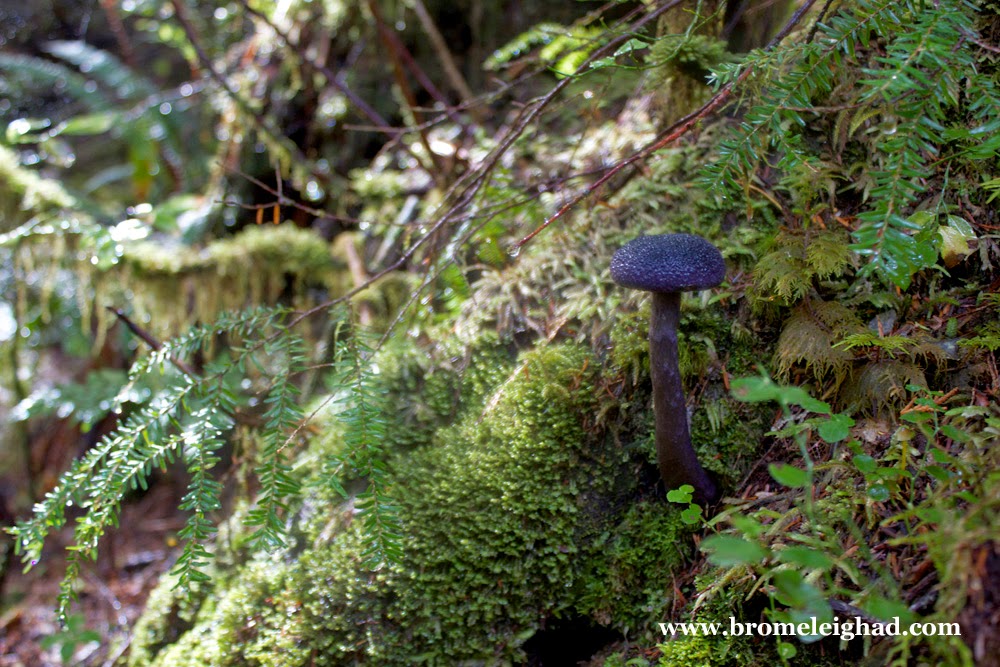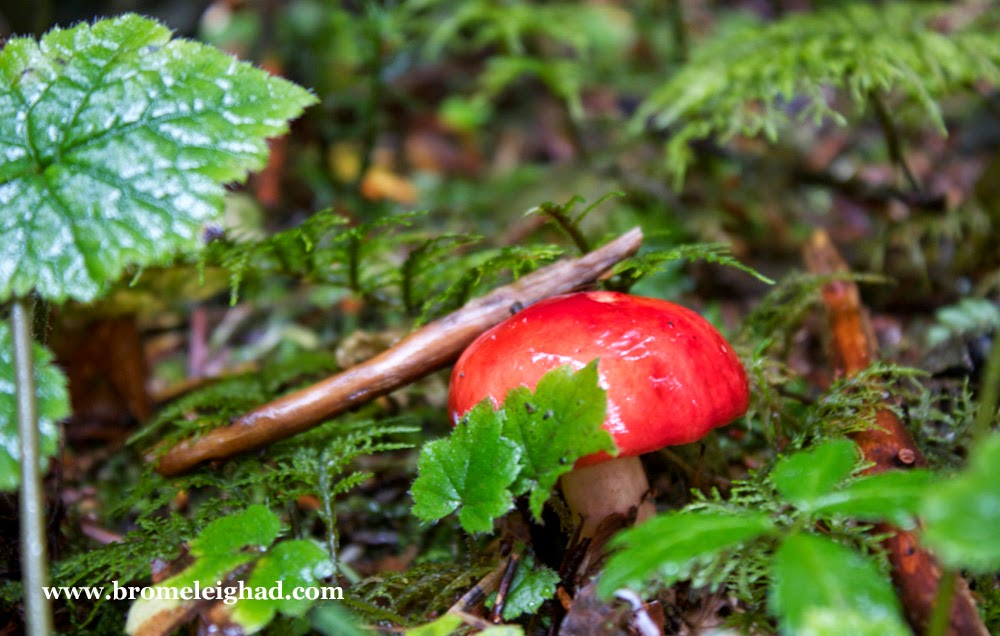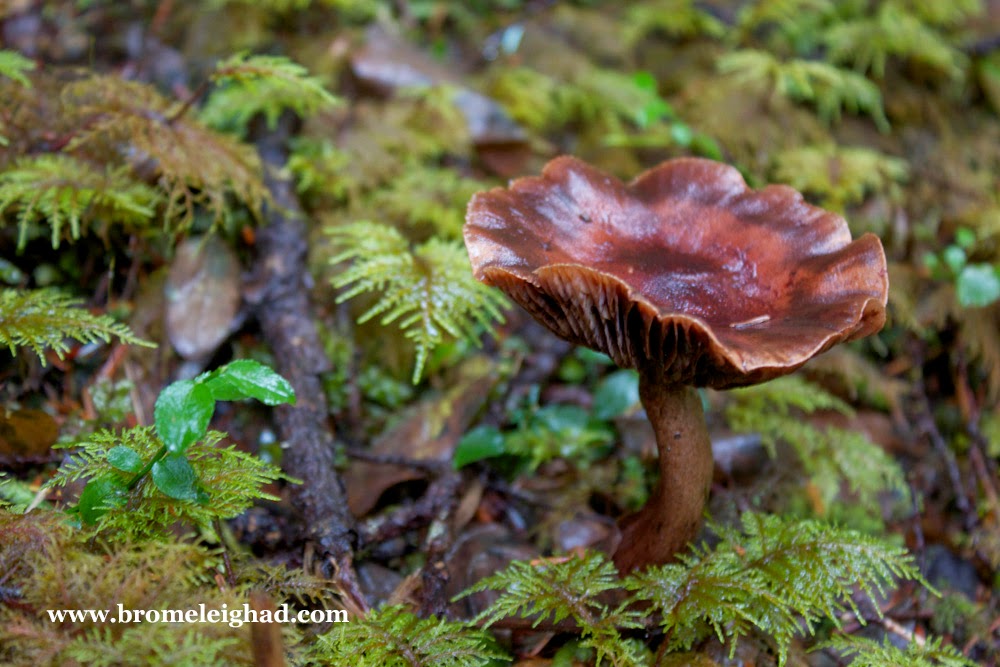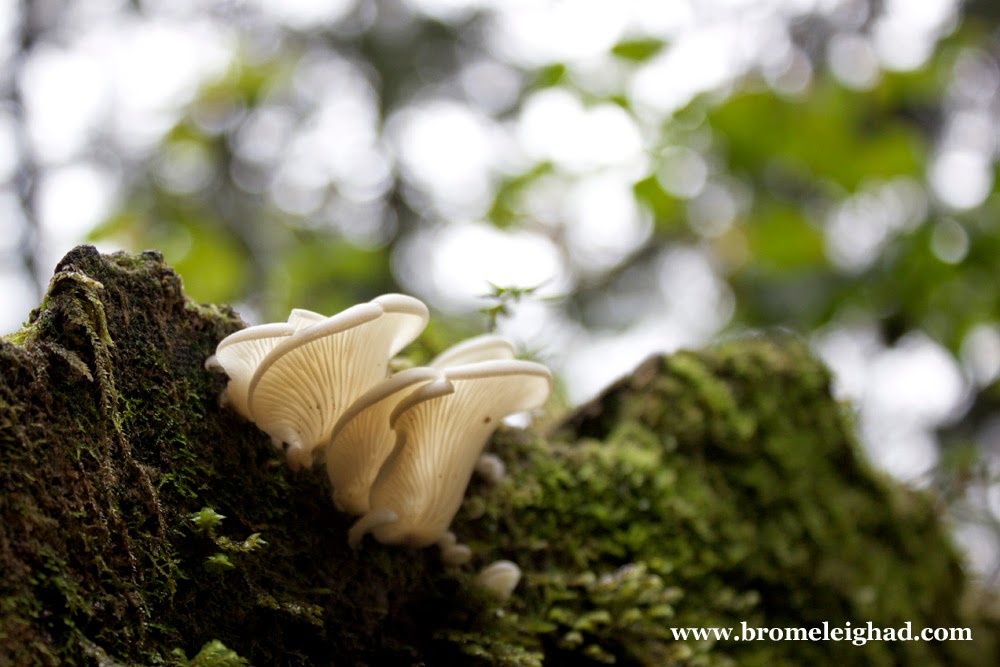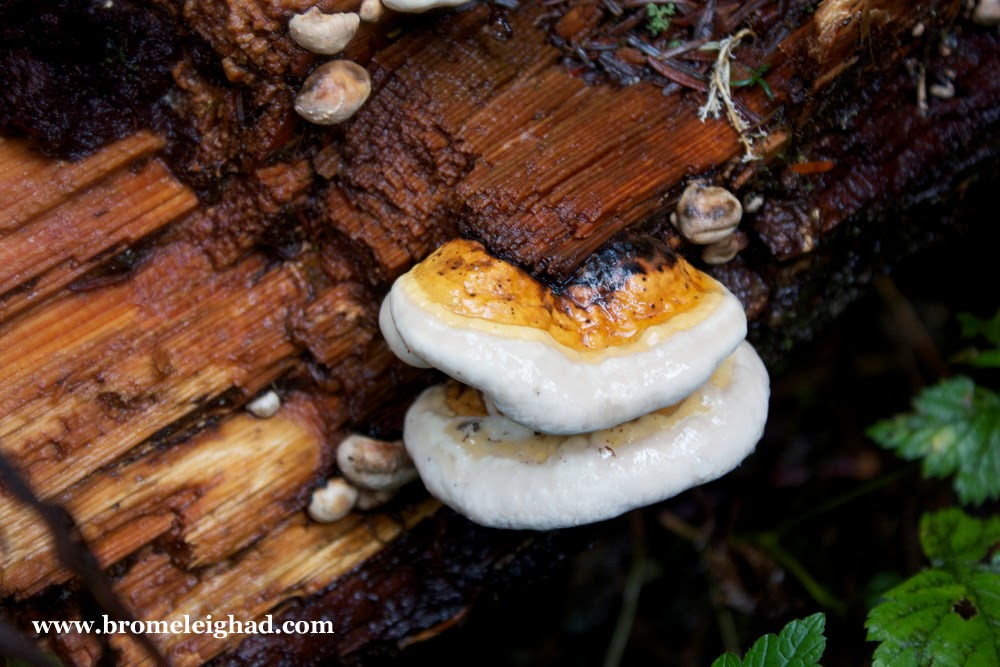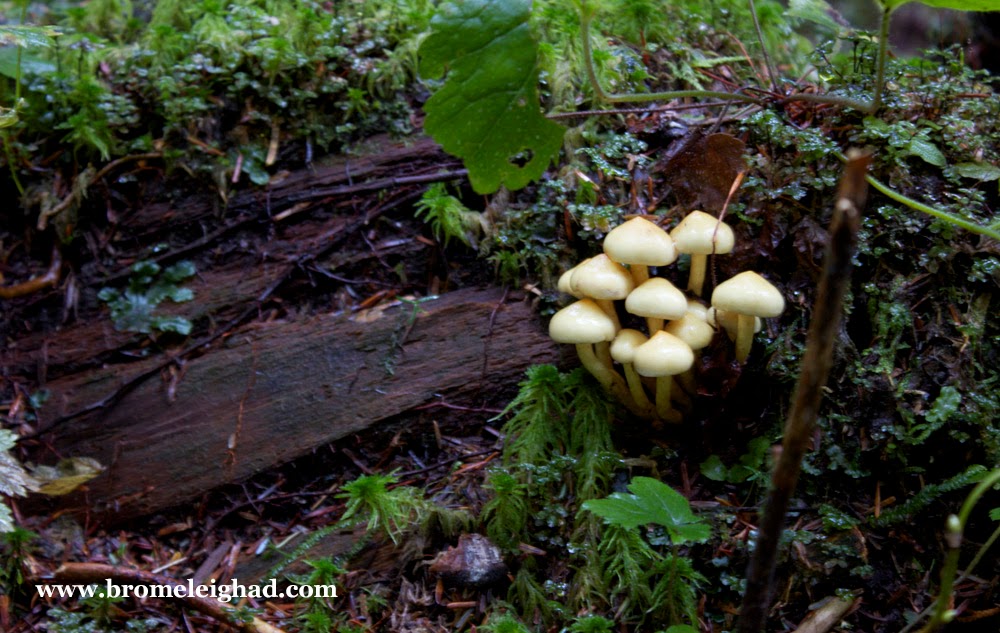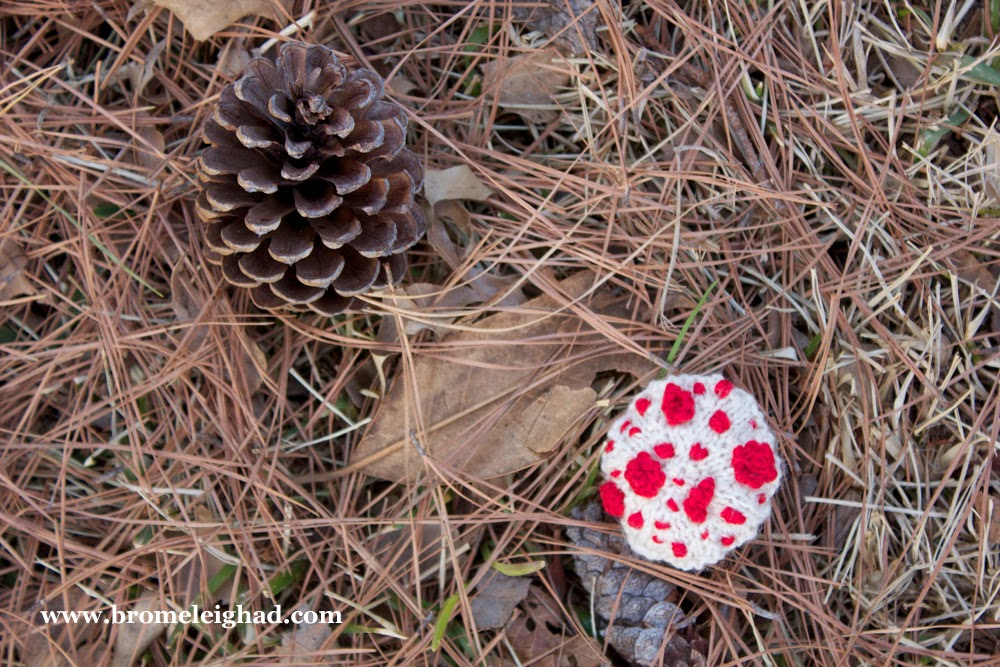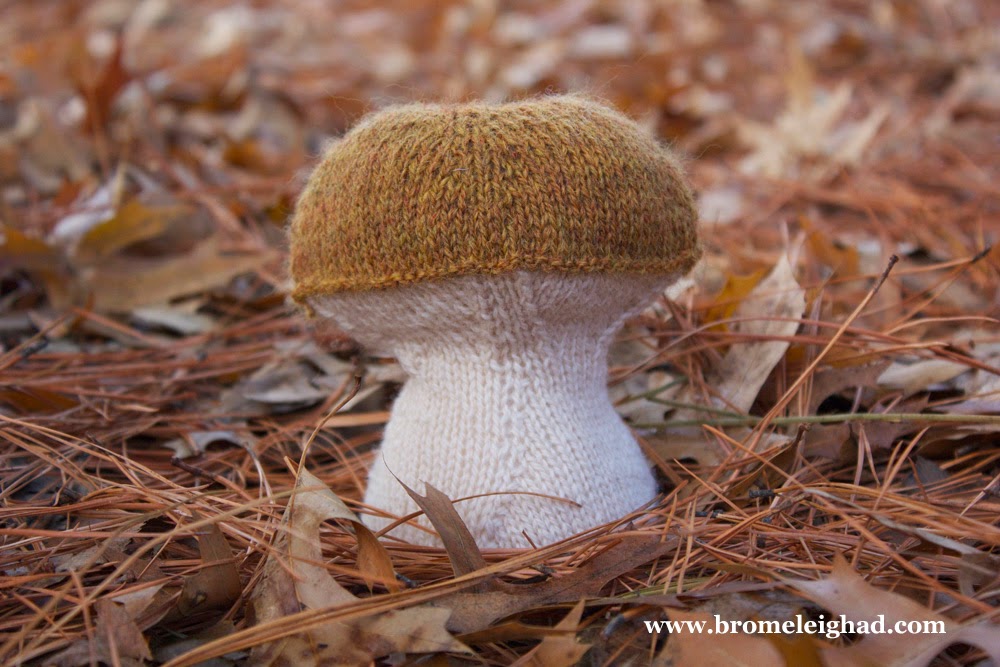Back in July, J and I took a long-awaited trip to Montana, a place I have been wanting to show him for a long time. I've looked forward to returning ever since I spent a summer there in college - at the time my university's Forestry program included a 7 week field school at an out of state location, and Montana was the destination for my class. This post just includes one stop off on the trip, along the Blackfoot River just east of Missoula. We spent an afternoon sitting by the river, exploring along the bank and observing the various things that grow there. Unfortunately, the weather was not warm enough to make us brave the frigid water for a swim-- next time.
I'll make additional posts from this trip, hopefully in the near future. I haven't been blogging much lately, because my time has been monopolized by creating artwork. This is a good problem to have, but I'm hoping to start writing more again soon and balancing this space of inspiration, reflection and updates with my art making practice. Until then...
I was really excited to discover what I believe to be showy milkweed along the river bank! I had just begun my project, Missing Pieces, at the time and milkweed was pretty much on the brain all summer long. What a beautiful plant!
Wolf lichen is incredibly fascinating to me. Driving along mountain roads up north, you'll come around a bend to see a dead tree just covered in fluorescent yellow fruticose lichen, one of those things that I'm amazed is real. Wolf lichen has inspired some of my work this past year, both that I have shared as well as another project that I haven't posted about. That one will likely stay under wraps for quite a while, but check out my wolf lichen wall hanging.
Another type of lichen to inspire my work recently has been pixie cup. I've knitted some pieces inspired by these for my shop, including terrariums, holiday ornaments, and a wall hanging.
Tube lichen is especially fascinating - the texture and colors, the fruiting structures. I recently created a piece inspired by this type of lichen for Cultivating Craft, an exhibition at 108 Contemporary in Tulsa that opens in December. I'll share more on that soon.


